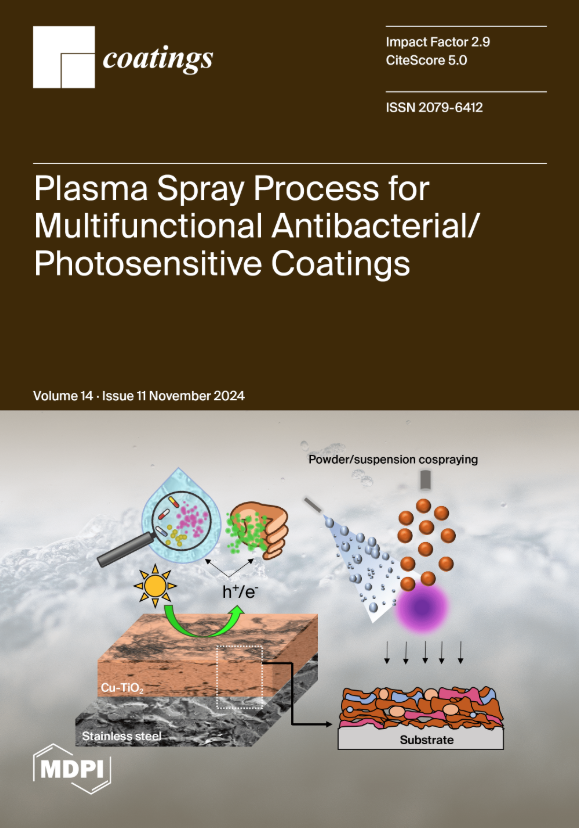基于高通量计算和数值分析的 Nix1Crx2Cox3Al15Ti10 合金的合金元素竞争机制研究
IF 2.9
3区 材料科学
Q2 MATERIALS SCIENCE, COATINGS & FILMS
引用次数: 0
摘要
以往有关合金材料物理性能的研究往往只关注分析单个合金元素含量的影响,而忽略了多种合金元素协同作用背后的内在机制。因此,在本研究中,我们提出将高通量计算与数值分析相结合,对多组分 Nix1Crx2Cox3Al15Ti10 合金进行单元素(SE)分析和多元素(ME)分析,研究合金元素含量与物理性能之间的内在关系,旨在阐明 Ni、Cr 和 Co 元素之间的竞争机制。SE 分析揭示了合金的物理性质如何受到各合金元素含量的影响,而 ME 分析则进一步揭示了多种合金元素之间的潜在竞争关系。形成晶格常数的竞争强度顺序为 Cr > Co > Ni,而形成弹性常数和弹性模量的竞争强度顺序为 Ni > Co > Cr。同时,也有一些相互矛盾的结论,例如 SE 分析表明,镍含量与弹性常数 C11 呈正相关,而 ME 分析表明,镍元素产生了负竞争方向。造成这种结果的原因是 SE 分析未考虑各种合金元素的综合影响。因此,ME 分析法可以弥补 SE 分析法的局限性,将这两种分析方法结合起来,更有利于阐明各种合金元素在塑造合金物理性能过程中的竞争机制,为理论研究提供了一条前景广阔的途径。本文章由计算机程序翻译,如有差异,请以英文原文为准。
Study on the Alloying Elements Competition Mechanism of Nix1Crx2Cox3Al15Ti10 Alloys Based on High-Throughput Computation and Numerical Analysis
Previous studies on the physical properties of alloy materials often focus solely on analyzing the impact of individual alloying element content, overlooking the underlying mechanism behind the synergistic action of multiple alloying elements. Therefore, in this study, we propose a combination of high-throughput computation and numerical analysis to conduct single-element (SE) analysis and multi-element (ME) analysis on the internal relationships between alloying element content and physical properties for the multi-component Nix1Crx2Cox3Al15Ti10 alloys, aiming to elucidate the competition mechanism among the Ni, Cr, and Co elements. The analysis of SE reveals how the physical properties of alloys are affected by the content of each individual alloying element, and the ME analysis further unveils the underlying competitive relationships among multiple alloying elements. The order of competitive intensity for the formation of lattice constant is Cr > Co > Ni, whereas for the formation of elastic constants and elastic moduli it is Ni > Co > Cr. At the same time, there are contradictory conclusions, such as the SE analysis showing that the Ni content is positively correlated with elastic constant C11, while the ME analysis demonstrates that the Ni element produces a negative competitive direction. This outcome arises from the omission of considering the combined impacts of various alloying elements in SE analysis. Therefore, the ME analysis can compensate for the limitations of SE analysis, and the integration of these two analytical methods is more conducive to elucidating the competition mechanism among various alloying elements in shaping the physical properties of alloys, which provides a promising avenue for theoretical research.
求助全文
通过发布文献求助,成功后即可免费获取论文全文。
去求助
来源期刊

Coatings
Materials Science-Surfaces, Coatings and Films
CiteScore
5.00
自引率
11.80%
发文量
1657
审稿时长
1.4 months
期刊介绍:
Coatings is an international, peer-reviewed open access journal of coatings and surface engineering. It publishes reviews, research articles, communications and technical notes. Our aim is to encourage scientists to publish their experimental and theoretical results in as much detail as possible. There is no restriction on the length of the papers. Full experimental and/or methodical details must be provided. There are, in addition, unique features of this journal:
* manuscripts regarding research proposals and research ideas will be particularly welcomed
* electronic files or software regarding the full details of the calculation and experimental procedure - if unable to be published in a normal way - can be deposited as supplementary material
 求助内容:
求助内容: 应助结果提醒方式:
应助结果提醒方式:


